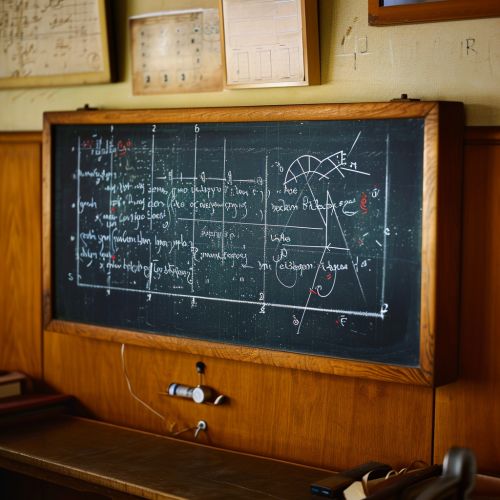Banach-Alaoglu theorem
Introduction
The Banach-Alaoglu theorem is a fundamental result in Functional Analysis, a branch of Mathematics that studies vector spaces endowed with a topology, and the linear operators acting upon these spaces. Named after mathematicians Stefan Banach and Nachman Alaoglu, this theorem provides a profound understanding of the compactness of sets of functionals.


Statement of the Theorem
The Banach-Alaoglu theorem states that the closed unit ball of the dual space of a normed vector space is compact in the weak-* topology. This theorem is a direct consequence of Tychonoff's theorem, a powerful result in Topology that states that any product of compact topological spaces is compact.
Proof of the Theorem
The proof of the Banach-Alaoglu theorem involves several steps and utilizes various concepts from functional analysis and topology. The proof begins by considering a normed vector space and its dual space. The dual space is the space of all continuous linear functionals on the original space. The theorem then applies Tychonoff's theorem to the product of copies of the closed unit disk in the complex plane, indexed by the original space. This product space is compact by Tychonoff's theorem, and the unit ball of the dual space can be identified with a subspace of this product space. The theorem then concludes that this subspace is compact in the product topology, which coincides with the weak-* topology on the unit ball.
Applications and Implications
The Banach-Alaoglu theorem has profound implications in functional analysis and related fields. It is a crucial tool in the study of dual spaces and weak-* topologies. The theorem is used in the proofs of several other important results in functional analysis, including the Hahn-Banach theorem, the Uniform boundedness principle, and the Open mapping theorem.
